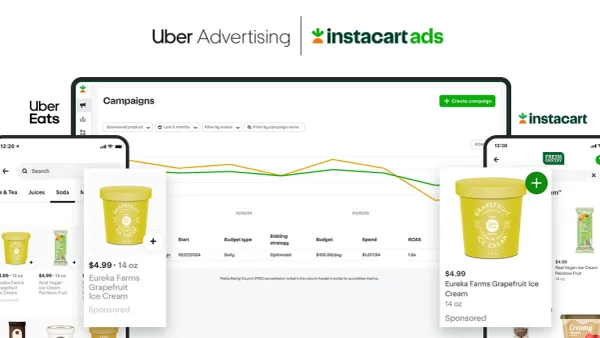The following is a guest piece written by Mike Welch, CEO of Captify. Opinion’s are the author’s own.
For thousands of years, when people had questions they simply asked other people or went to the library. With the advent of search engines about 20 years ago, our ability to search for answers evolved and we now turn to a series of search engines to answer our questions.
Now with the rise of generative artificial intelligence (AI), search is evolving once again as the technology promises to play a major role in the future plans of Google and Microsoft’s Bing. We’re already seeing generative AI-powered search providing summarized results, giving consumers less of a reason to scroll through pages of search results.
While results have been mixed so far, as the technology improves, consumers will increasingly rely upon these results to get the information they need. Chatbots have also grown in popularity as they represent an even easier way to quickly get information without needing to type into a search engine.
These new technologies have resonated with younger audiences, as Gen Z is 30% less likely to use search engines than Baby Boomers. As younger consumers shift away from traditional search engines, brands need to ensure that when these consumers do interact with a search engine, they are getting the information they need and getting it quickly, allowing their shopping habits to be won. Let's explore how brands can refine their search offerings to reach their target audiences.
The search journey
While search engines remain the top destination for younger generations, social media and AI platforms are growing in popularity. According to GWI, 46% of Gen Zers use social media platforms and 31% turn to AI platforms or chatbots to start a search. Comparatively, 42% of the total population uses social media platforms and only 20% use AI platforms for search. These platforms offer convenience for users as they’re already spending time with social media apps, so it’s natural to search within the app instead of opening up Google.
Amazon is also increasingly becoming a popular destination for shoppers, as 56% of all U.S. adults start their product search on the e-commerce website. Search engines were second at 42% followed by Walmart at 29%. Amazon offers customers the ability to read reviews for a product right on the website, instead of on Google where they might have to sift through numerous articles in order to find what they’re looking for.
Similarly, brands must be aware of on-site searches. Along with Amazon and Walmart, consumers are increasingly turning their searches directly from the websites they’re using. For instance, a little known fact is that consumers spend nearly 60% of their time browsing on the open web, 40% for walled gardens. Yet, less than half of ad dollars go to the open internet, meaning advertisers are missing out on a valuable opportunity to reach consumers.
As the search journey further mirrors the fragmented media landscape, it’s important for brands to maximize the time that consumers spend with them and provide them with the most relevant digital experience. With fewer consumers starting their journey on search engines, it can be hard for brands to find the most effective points to reach a consumer across their shopper journey. By understanding how they’re searching across the open web, especially on sites like Amazon, YouTube, Walmart and on-site search bars of the vertical content they are consuming, brands can better reach consumers where they’re searching for new products or information.
Uncovering search insights
Brands looking to better understand how consumers are searching on these other platforms can use existing search data to look at how consumers start their search journey. For instance, brands can see how a consumer is entering a specific product into a search bar or if they’re looking for competitors when researching a product. They can also see whether they’re looking at specific sites like Wirecutter or Consumer Reports, or if they’re instead looking at Instagram or TikTok for reviews of a product. Similarly, they can see their journey across the web, such as someone planning for an upcoming wedding or a cross-country road trip.
In seeing how consumers search around a product and the journey they take across the web, brands can then choose to allocate more spending against competitor products or run a campaign on a favored review site. Additionally, they can create advertising campaigns that highlight products that go together, such as party favors for a baby shower or camping gear for an upcoming summer trip.
Search data can also help brands identify trends in real-time and help them adjust their advertising strategies. Consumer shopping trends are always changing, so looking at how consumers are searching for specific products or events can help brands stay ahead of the curve. For instance, the majority of shoppers have already started back-to-school shopping. Looking at search trends would highlight consumers shopping for backpacks or new laptops, helping brands react in real time, whether it’s through a targeted email or a new advertisement. These insights can also help with future planning, as brands would know they need to start any future campaigns earlier than the traditional August time period.
With searches taking place outside of traditional search engines, brands are trying to find new ways to reach their target audiences. On-site search insights can help brands fill in the gaps and see where their target audiences are searching online. These insights can power future advertising campaigns and meet their audiences at the right point of the consumer journey. As a result, search outside the traditional methods no longer needs to be a black box.






















